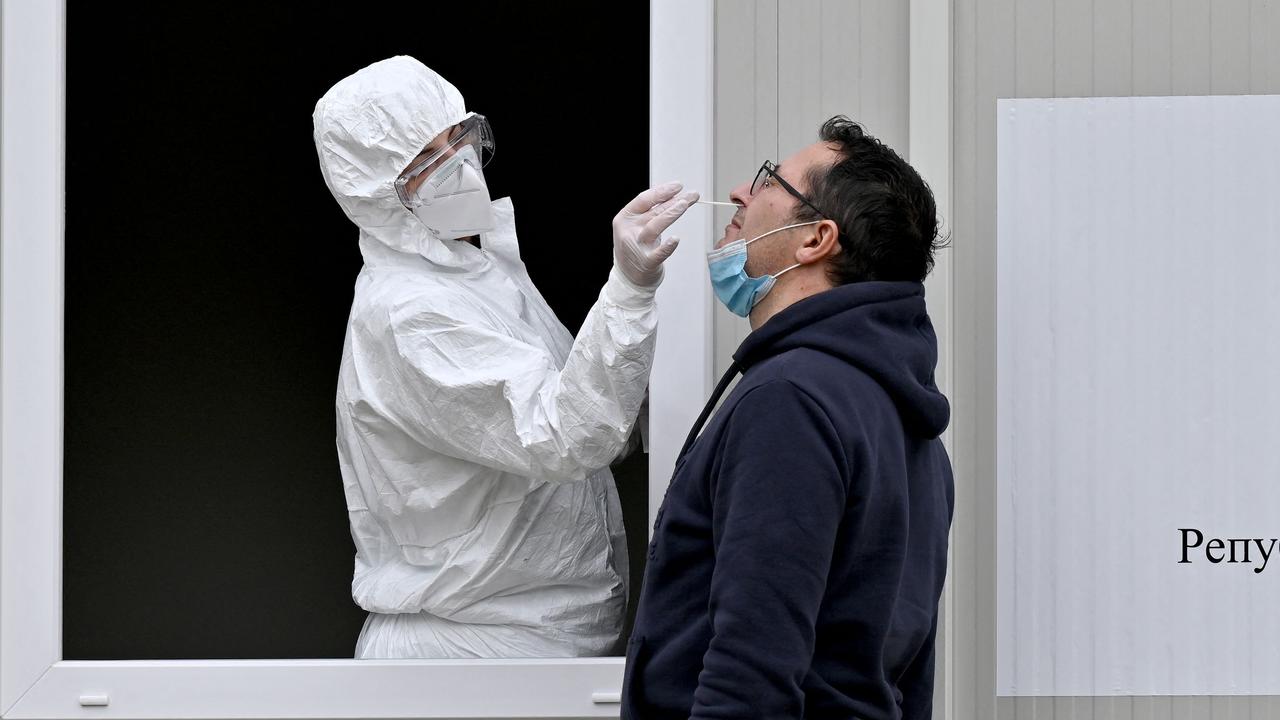The Northern Territory has recorded no new Covid cases, but restrictions have been extended in Darwin and Katherine
Residents living in Darwin and Katherine will remain under lockdown until midnight, as the source of the Covid-19 outbreak is revealed.
Coronavirus
Don't miss out on the headlines from Coronavirus. Followed categories will be added to My News.
A lockout in Greater Darwin that was scheduled to end at midnight on Sunday has been extended, despite the Northern Territory recording no new Covid-19 cases.
The Katherine region had been placed in a three-day lockdown, after the state recorded its first-ever case of Covid-19 community transmission on Thursday.
Chief Minister Michael Gunner announced there were no new cases of Covid-19 on Sunday, however both Katherine and Darwin will remain in a lockout situation until midnight on Monday.
He added that the decision to extend the Greater Darwin lockout by 24 hours was to allow authorities to get on top of contact tracing and testing.
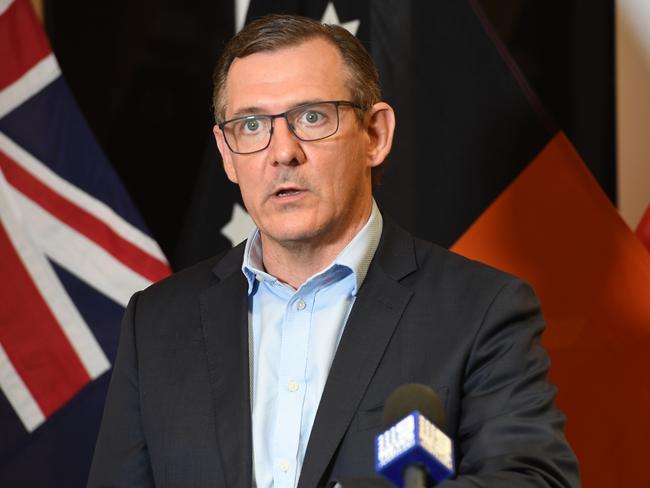
It was also revealed that a 21-year-old woman was declared as the source of the current outbreak, after she allegedly lied on her border entry form.
The woman flew from Cairns to Adelaide before driving to Melbourne on October 21. She spent four days in Victoria.
She drove back to Adelaide on October 25, flew back to Cairns and flew to Darwin on October 29. It is likely the woman contracted Covid-19 while in Victoria.
“South Australian and Queensland officials are aware and we will assist them in their inquiries,” Mr Gunner said.
“These actions have put there Territory at risk. They forced Katherine into lockdown and forced Katherine businesses to shut.
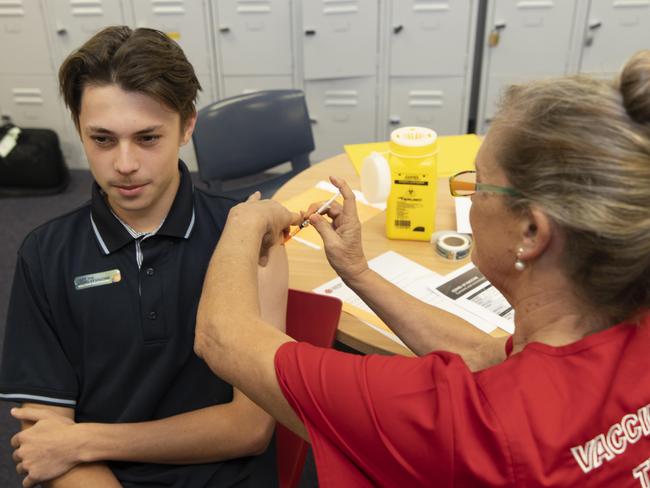
“While there were compassionate reasons for her decision to visit Victoria, there were not compassionate reasons for lying to the Territory and coming here from a hotspot. She’s been issued a $5024 fine and she’ll also pay for a $2500 stay at Howard Springs.”
Mr Gunner added given all cases were known to each other, that it did not classify as community transmission.
WA NEEDS 90 PER CENT DOUBLE VAX RATE FOR BORDER TO OPEN: MCGOWAN
Western Australia Premier Mark McGowan has set a 90 per cent double dose vaccination rate to be reached before the state will open its borders.
The vaccination rate will be for the 12+ population - and that might not be achieved until late February.
“But as we have announced previously, we will announce the specific transition day after we’ve achieved a double-dose vaccination rate of 80%. That’s expected to be reached in December.As far as world standards go, a rate of 90% will be an amazing achievement,” Mr McGowan said on Friday.
“But I’ve always believed we can strive high and get the best result for our state. And given our current vaccination rates, these targets are realistic and within our sights.”
Mr McGowan said the target will be statewide one, but he indicated the border might still open even if some WA regions didn’t have high enough vaccination coverage.
“If there are regional areas that don’t have a high-enough vaccination rate, then, pending health advice at that time, intrastate borders to protect those specific regions may need to be introduced.
“This measure would be in place until the vaccination rate in those regions is lifted to satisfactory levels. Cutting off the Pilbara or any region, for that matter, is not something I want to do. But if that’s what is required to protect the local community and local industries, then we will take that step based on the health advice at the time.”
The Premier said the state would get closer to being able to name a date in the frst ha;f of next month, when the 80 per cent rate was hit.
“That will allow us to open up to New South Wales and Victoria and the ACT. It will also allow us to open international borders, subject to all those restrictions I put in place before.
Once we set that date, it will be locked in. It will be locked in.
But if we don’t, on that date reach the 90 per cent double-dose vaccination, that means there will be further public health social measures put in place.”
NSW-VIC BORDERS OPEN
Meanwhile, NSW and Victoria have opened their borders to one another, effective as of 11.59pm last night.
Dominic Perrottet and Daniel Andrews issued a joint statement last night saying the decision was part of normalising living with Covid-19.
For the first time in more than six months in Victoria, all local government areas in all states and territories across Australia will be “green zones” for the purposes of entering Victoria.
There are no requirements for fully vaccinated Victorians entering NSW, unless they have been to a place of high concern in Victoria.
It’s the summer of freedoms and Australians are booking holidays with gusto, eager to be reunited with loved ones across state lines.
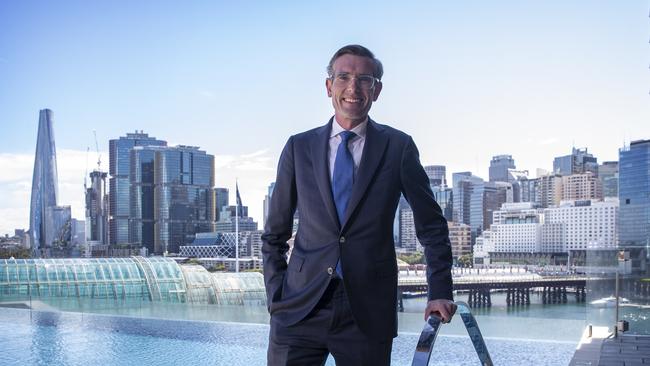
But the rules for interstate travel are confusing at best — and changing rapidly.
Every jurisdiction has formulated its own entry terms and conditions, some of them stricter than others.
Indeed, international destinations like Singapore will soon be easier to reach than Australian states like Tasmania, which has signalled it will not permit domestic travellers to enter without quarantining until mid-December.
Without proper research — and even if fully vaccinated — travellers could easily fall foul of the boundaries.
So to help with your festive season planning, we unpack the travel restrictions that are currently in place across the different states and territories.
NSW
Most of the country is now able to travel to New South Wales without restriction, however all jurisdictions have rules in place for people who’ve been in the state.
NSW currently only has its border shut to Victoria. Until 1 November, all people travelling from Victoria in NSW will have to quarantine at home for 14 days.
After November 1, unvaccinated travellers will not be permitted to enter NSW from Victoria without an exemption, however fully vaccinated persons will be able to move freely between the states.
Interstate visitors from all other states can currently enter NSW, however, they will need to abide by local restrictions. Currently, lockdown restrictions have eased dramatically for fully vaccinated individuals.
Also, until November 1, people within Greater Sydney are not permitted to visit regional NSW.
For travel to and from other states and territories, you can find the latest information on Covid-19 restrictions and requirements for travel to and from NSW here.
VICTORIA
Anyone entering Victoria from interstate needs to apply for a permit. The traveller’s last-known location will dictate the type of restrictions they are subject to.
The state is operating on a traffic-light system.
Almost all visitors will fall into the ‘green zone’ category, which means they can enter with the appropriate permit, with no testing or quarantine requirements.
Sydney and Canberra are now categorised as ‘orange zones’, but fully-vaccinated travellers from those cities can enter without testing or quarantine requirements.
Unvaccinated people from orange zones need to isolate upon arrival, get a Covid-19 test, and isolate until a negative result is returned.
From November 1, fully vaccinated international travellers returning to Victoria will not have to quarantine in hotels, as long as they undertake testing within 24 hours of arrival into Victoria.
For further information on travel to Victoria, go here.
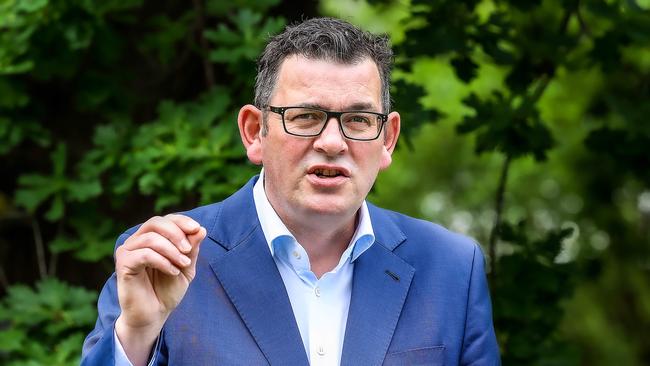
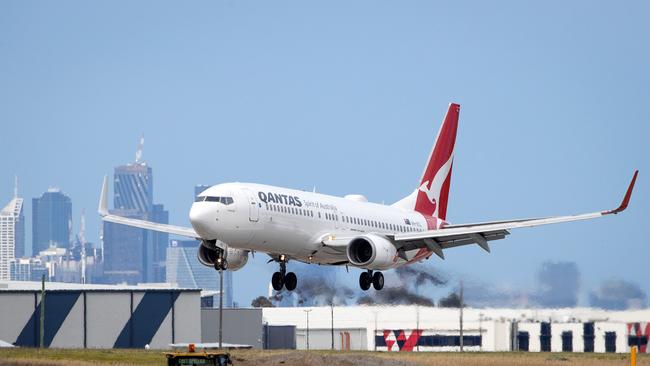
QUEENSLAND
Currently, those who have come from New South Wales and Victoria — locations deemed hot spots — can only enter the state if they are returning Queensland residents or people entering for a limited range of essential reasons, such as relocation.
If granted entry, they must quarantine for 14 days on entering Queensland in government-arranged accommodation at their own expense.
People from the rest of Australia are able to enter Queensland freely, provided they complete a Queensland entry pass.
On November 19, when the state is on track to reach 70 per cent vaccination, restrictions will ease slightly. Double-jabbed interstate travellers will be allowed to enter from the New South Wales and Victorian-declared Covid hot spots by air only. They will be required to provide a negative Covid-19 tests within 72 hours of their travel and enter mandatory 14 days home quarantine.
After 17 December, Queensland essentially throws open its borders to the wider community, removing hotspot restrictions. Double-jabbed travellers will no longer be required to quarantine upon arrival and can travel into Queensland via air or road. A negative Covid-19 test will still be required ahead of travel.
For further information on travel to Queensland, go here
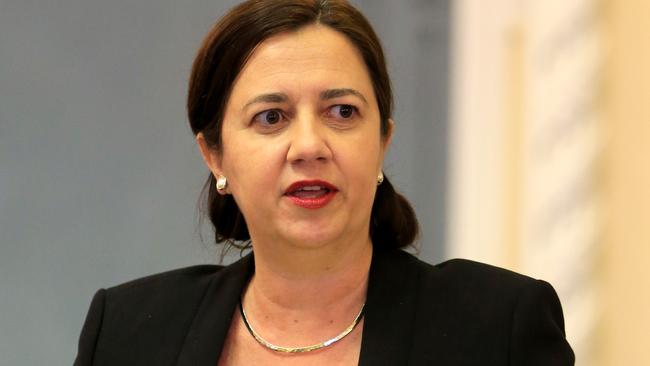

TASMANIA
Tasmania is open to people from Queensland, WA, South Australia and the NT.
NSW, the ACT and Victoria have all been declared high-risk areas by Tasmania and are subject to travel restrictions.
Travel is not allowed for people who’ve been in those areas in the 14 days prior to their arrival in Tasmania, unless they are approved as an essential traveller.
People approved must undergo hotel quarantine, unless they are otherwise eligible for Tasmania’s home quarantine program.
For further information on travel to Tasmania go here.
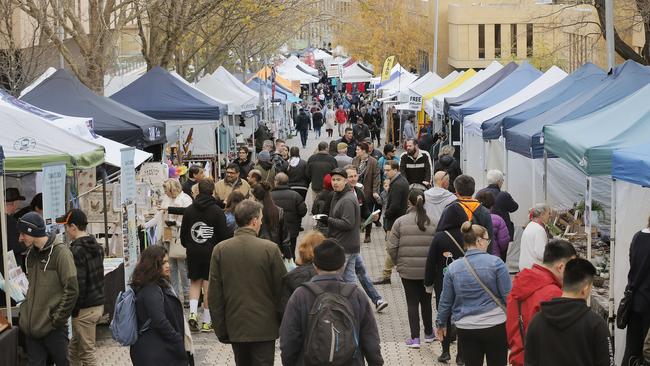
WESTERN AUSTRALIA
Western Australia continues to enforce the harshest state border restrictions in the country, and all travellers must apply for a G2G pass before entering the state.
Right now, people in Tasmania, South Australia, Queensland and the Northern Territory can travel to WA with the pass and are exempt from quarantine.
These states and territory are classified “very low risk”, which is the only classification that allows interstate travellers to enter WA without quarantine.
ACT is designated as ‘medium risk’, meaning an exemption is required to enter, and a 14-day home quarantine must be performed.
Both Victoria and NSW are classified as “extreme risk”, meaning very few arrivals are offered exemptions, with those that are required to be fully vaccinated, present a negative Covid-19 test before travel, and then enter into 14-day hotel quarantine.
And unlike other states that have pledged to reopen state borders and reunite families for Christmas, WA Premier Mark McGowan has struck an even tougher tone, with travel from the eastern states unlikely until next year.
For further information on travel to WA, go here.

NORTHERN TERRITORY
The NT has declared the ACT, NSW and Victoria as Covid-19 hot spots.
All travellers from those declared hot spots currently require an exemption to enter the state and undertake supervised quarantine for 14 days at their own expense, unless they are otherwise eligible for Tasmania’s home quarantine program.
From November 23, fully vaccinated travellers entering from a domestic Covid-19 hotspot will not have to do hotel quarantine — instead they will enter a 14-day home quarantine program.
For further information on travel to the Northern Territory, go here.
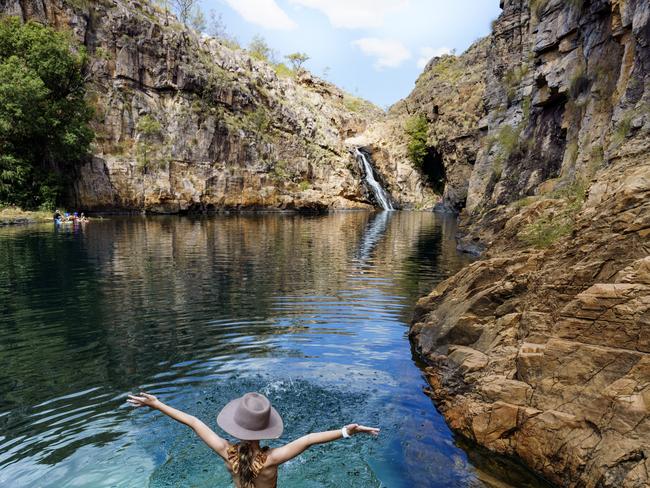
ACT
The ACT has closed its border to all of Victoria and much of NSW, outside of surrounding border postcode areas, like Goulburn and Bega.
Exemptions are being granted for ACT residents and essential travellers who've been in Victoria or non-exempted parts of NSW in the 14 days. Prior to entering, they must complete an exemption form and quarantine upon their arrival.
From November 1, travel between Victoria and the ACT is set to be permitted for fully vaccinated people
Also from that date, ACT residents will be able to visit Sydney and the rest of NSW without having to quarantine on their return.
For further information on travel to the ACT, go here.
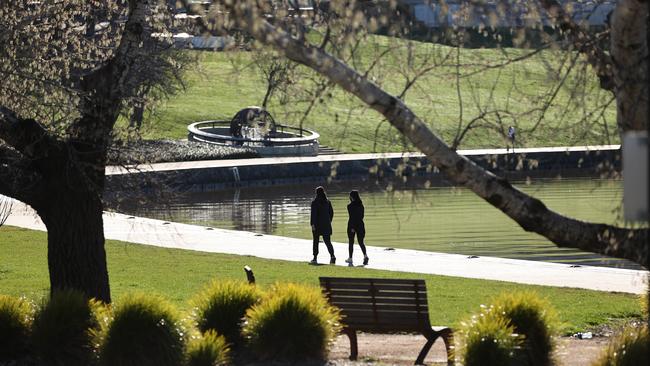
SOUTH AUSTRALIA
South Australia has currently shut its border to NSW, ACT and Victoria, but is making exemptions for essential travellers, residents returning home and people escaping domestic violence.
They must apply for an exemption before travelling into the state and then complete home quarantine for 14 days, with tests on days one, five and 13.
Travellers from Northern Territory, Queensland, Tasmania and WA can enter SA without quarantine.
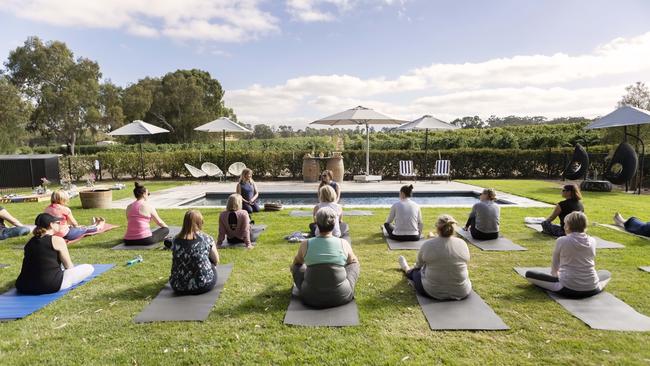
From November 23, South Australia will ease its border restrictions for double-vaccinated people and scrap quarantine for most interstate travellers.
Quarantine will only apply to travellers from LGAs with community transmission and less than 80 per cent fully vaccinated.
For further information on travel to South Australia, go here.



